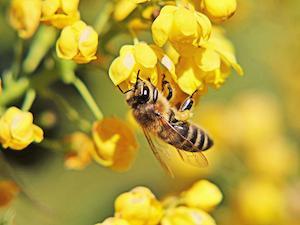The Environmental Protection Agency (EPA) recently released its preliminary risk assessment for imidacloprid, the first of four insecticides the agency plans to study as part of the National Pollinator Strategy.
The EPA used its risk assessment to define a residue level for imidacloprid, which determined that the insecticide will affect pollinator hives – including reduced rate of bees and reduced honey production – when present at levels above 25 parts per billion.
Data evaluated by the EPA suggests that citrus and cotton may have imidacloprid levels above that threshold, and the agency is seeking more information on crop residue levels to see if the pesticide threatens hives.
“Delivering on the president’s National Pollinator Strategy means EPA is committed not only to protecting bees and reversing bee loss, but for the first time assessing the health of the colony for the neonicotinoid pesticides,” said Office of Chemical Safety and Pollution Prevention Assistant Administrator Jim Jones. “Using science as our guide, this preliminary assessment reflects our collaboration with the state of California and Canada to assess the results of the most recent testing required by EPA.”
The EPA will also be releasing preliminary risk assessments for clothianidin, thiamthoxam and dinotefuran, which it expects to have available for public comment in December.
EPA releases preliminary risk assessment for insecticide




 Alerts Sign-up
Alerts Sign-up